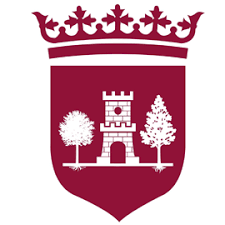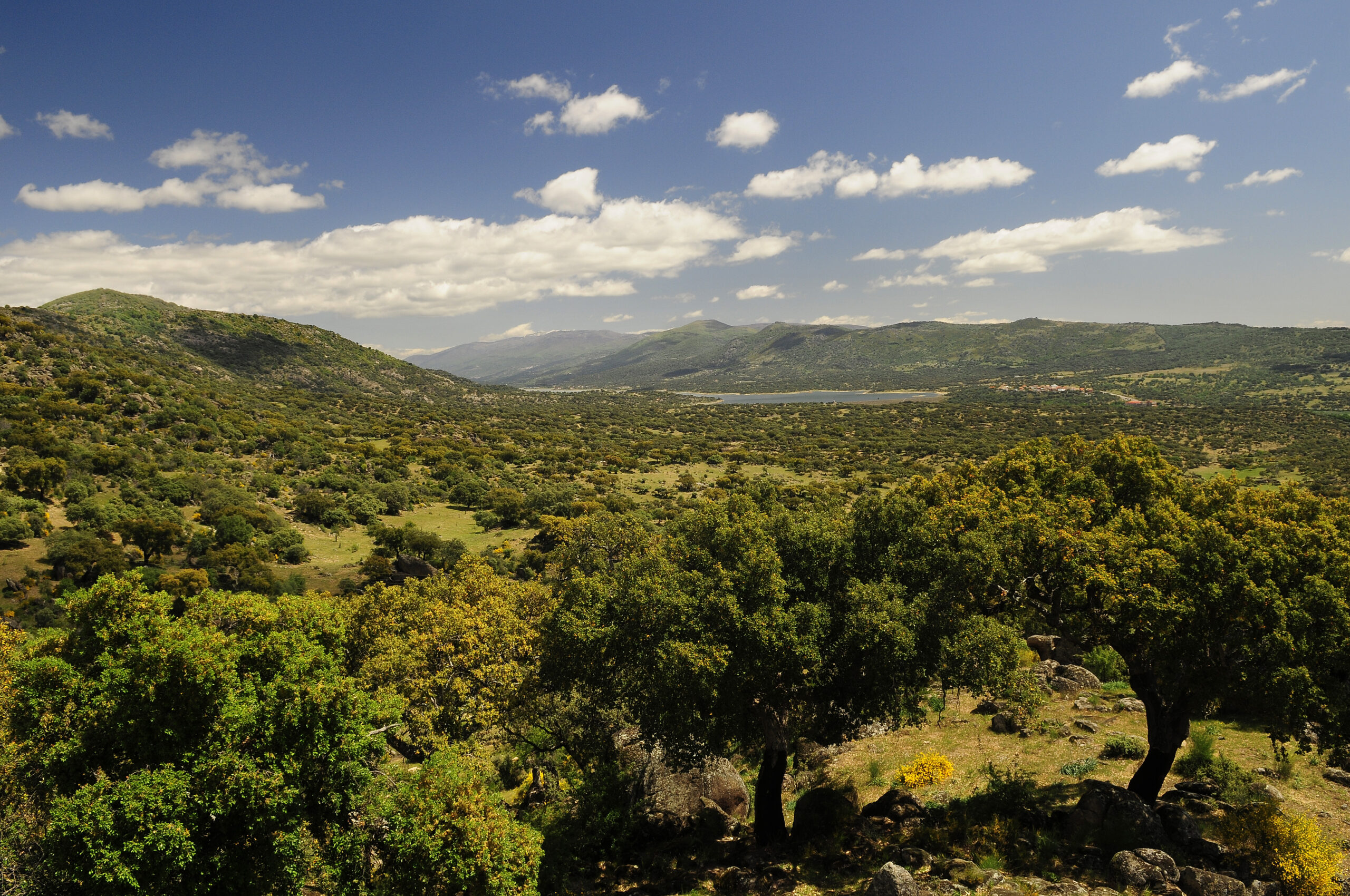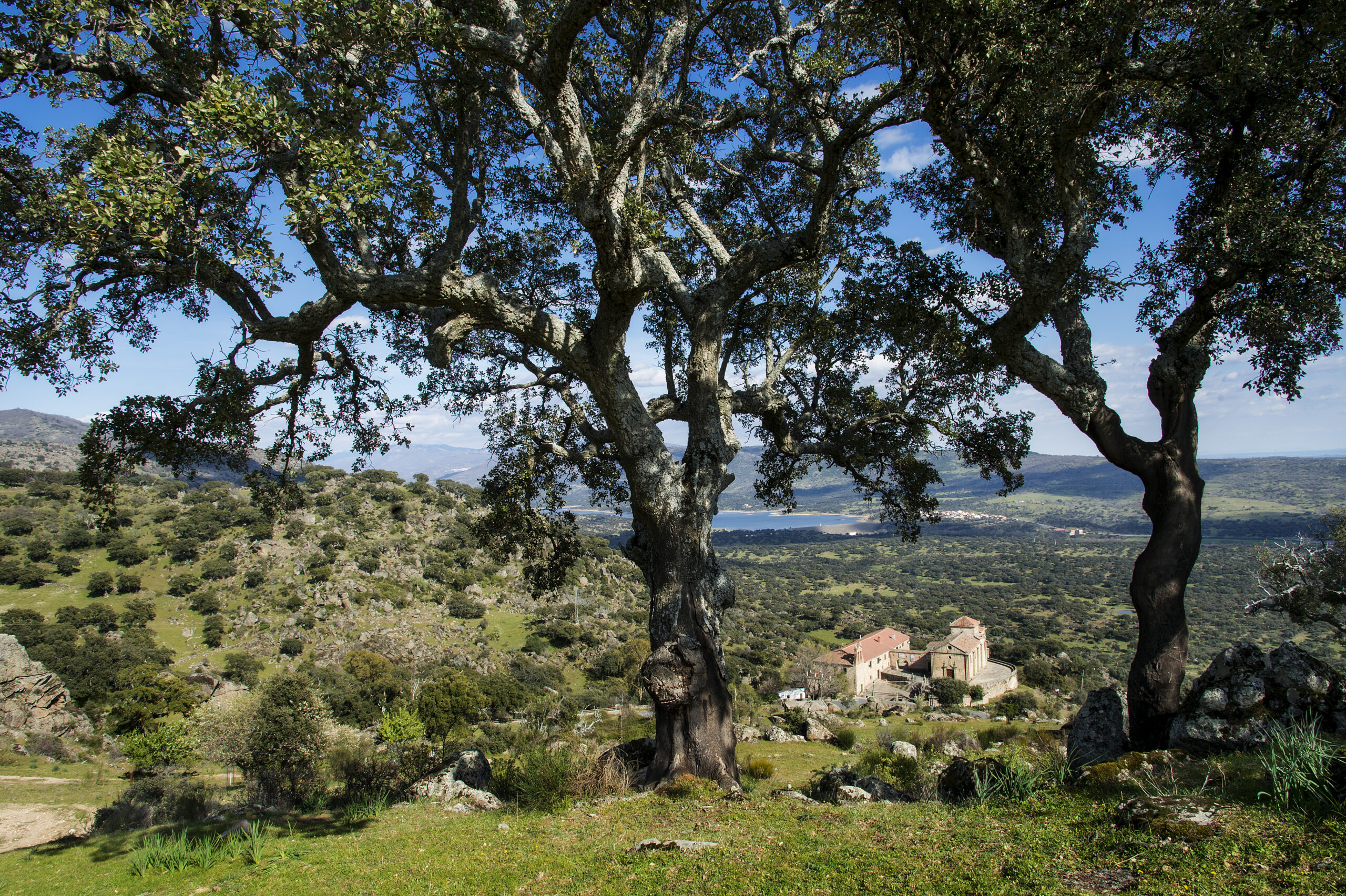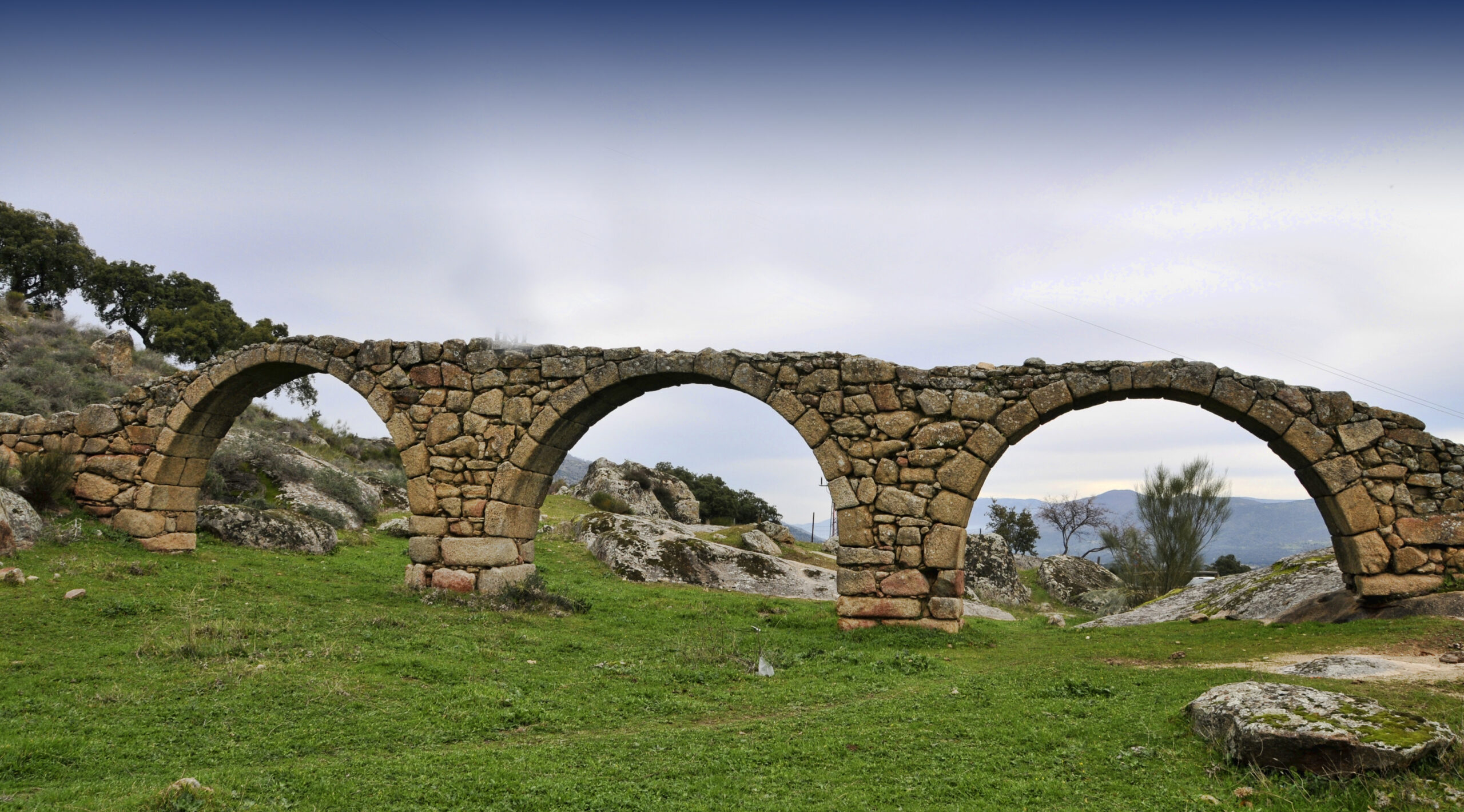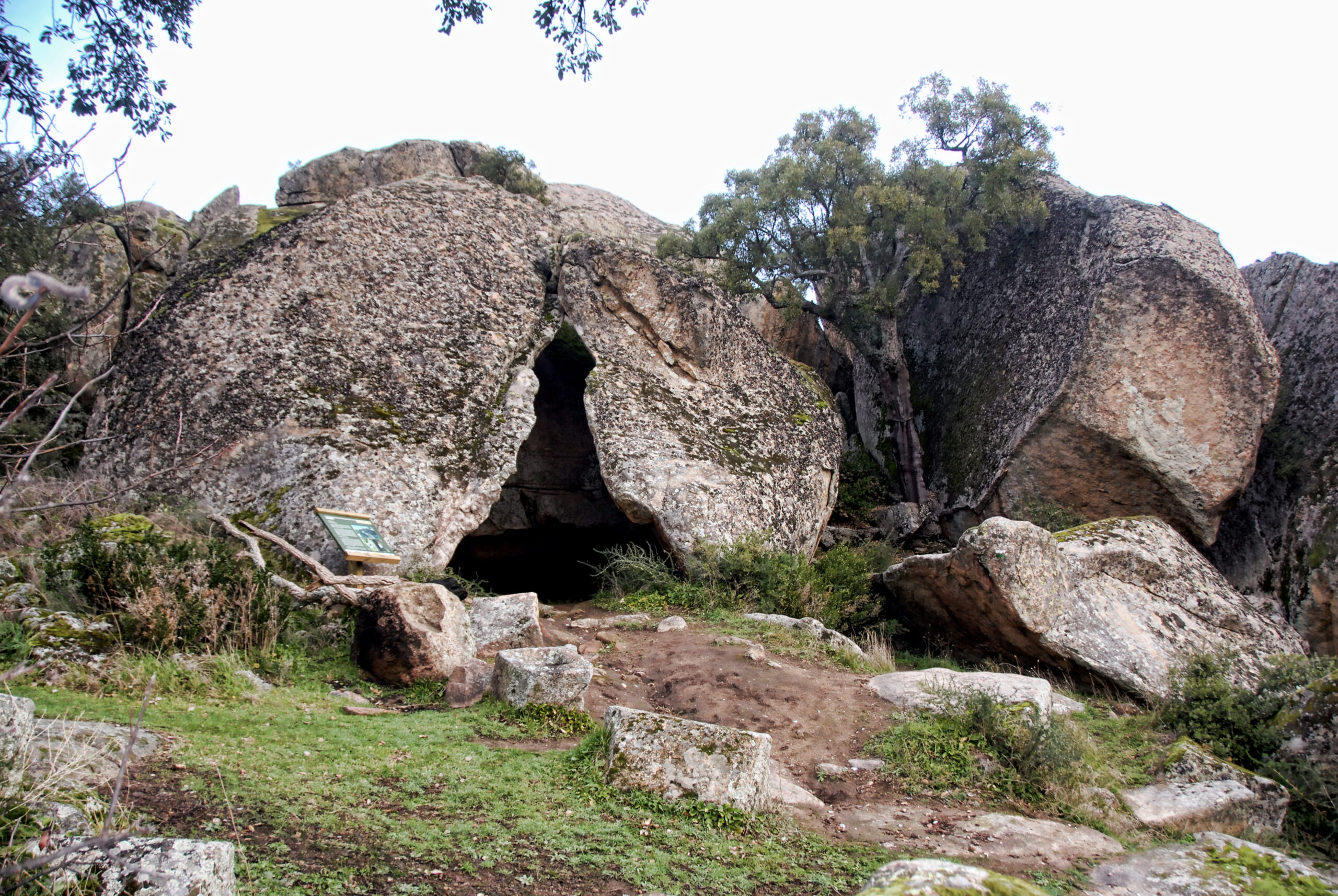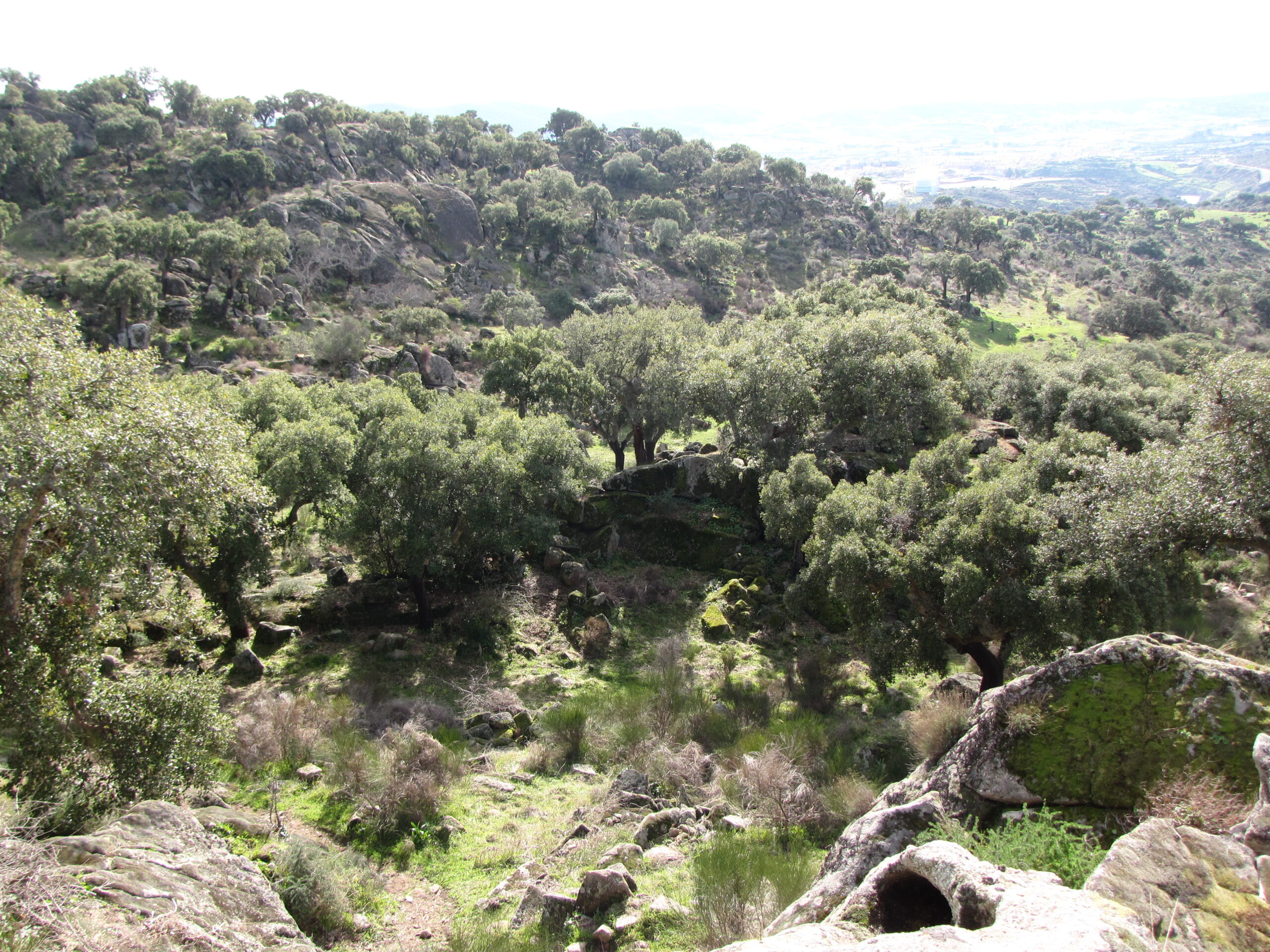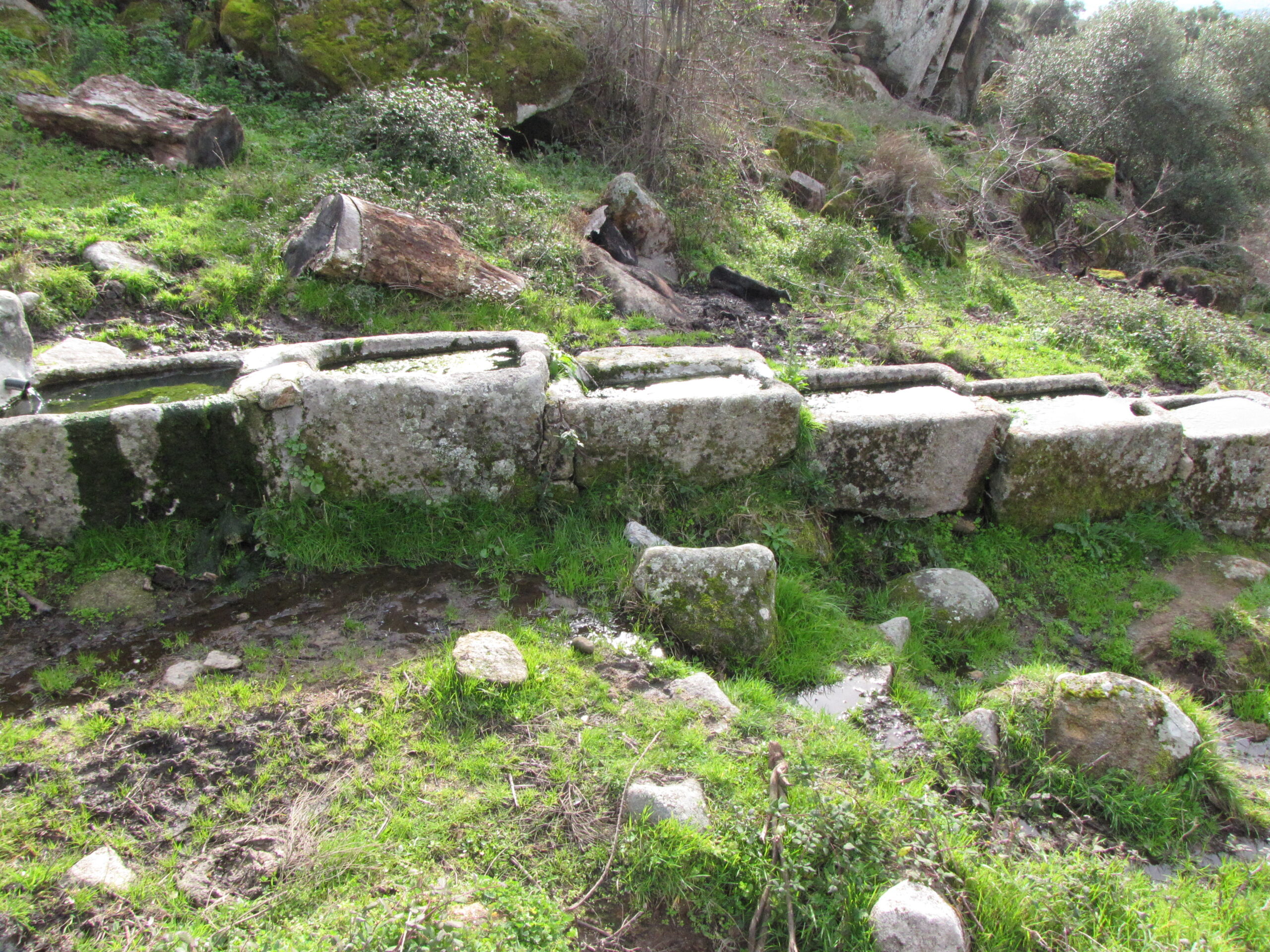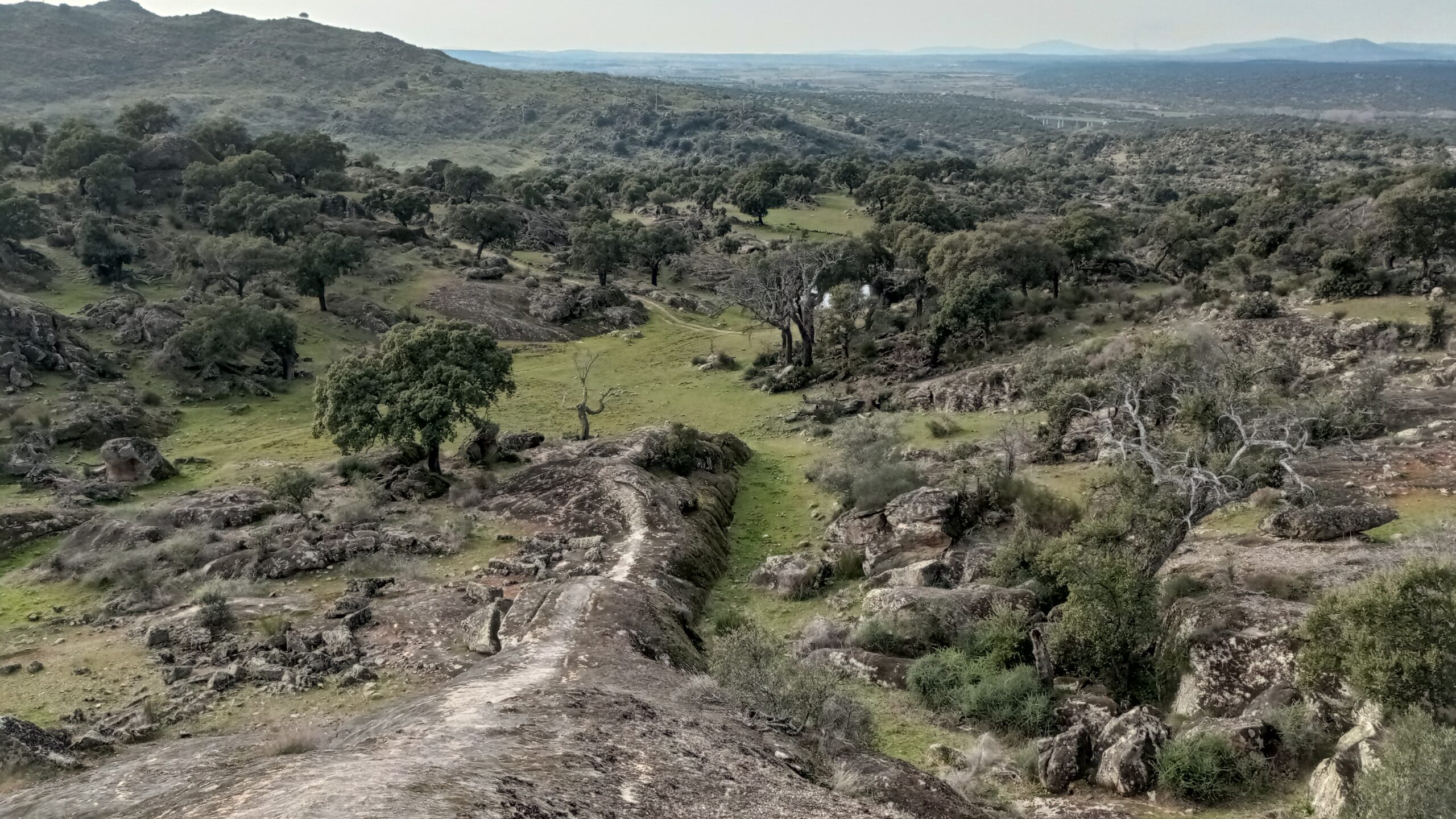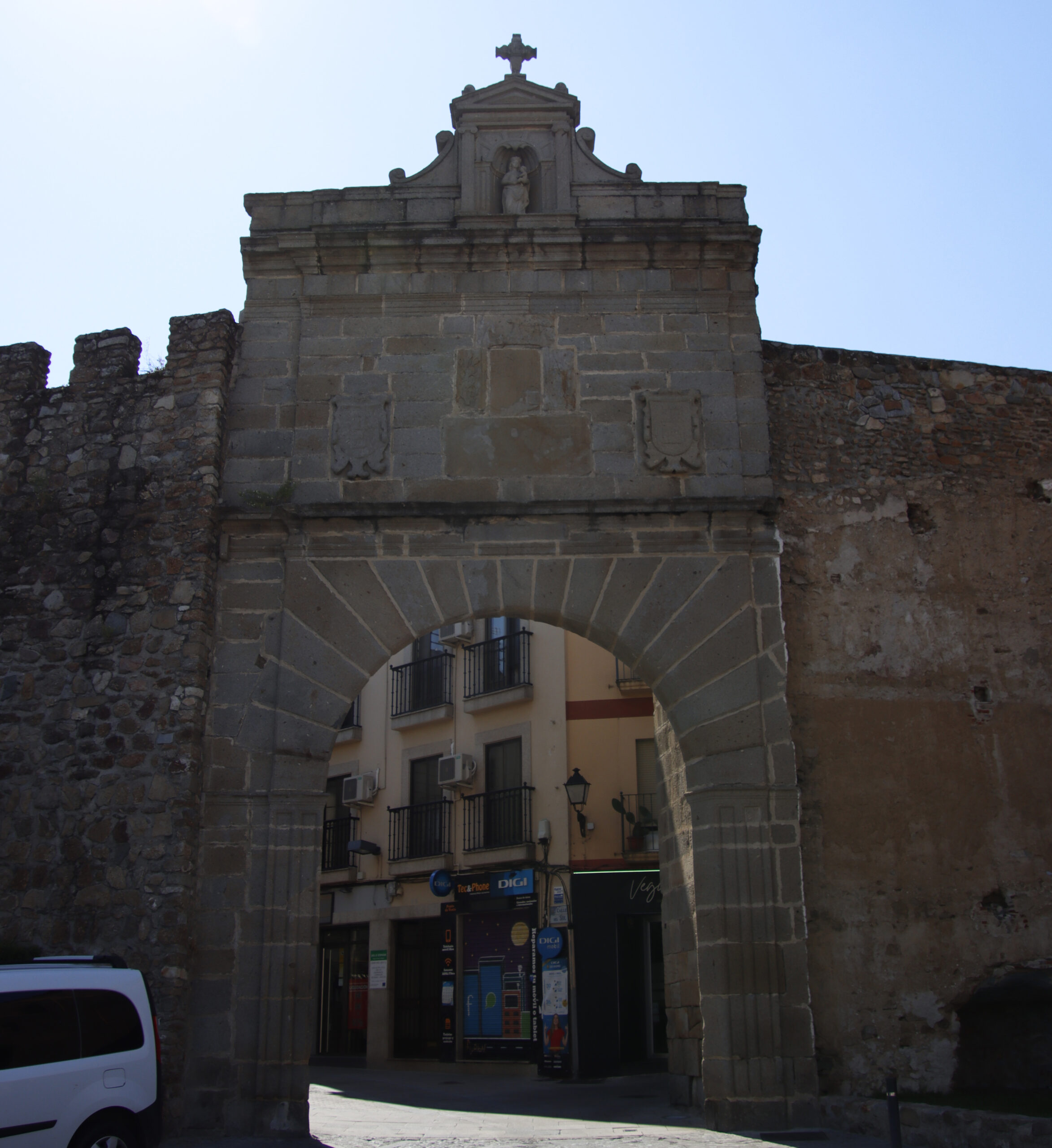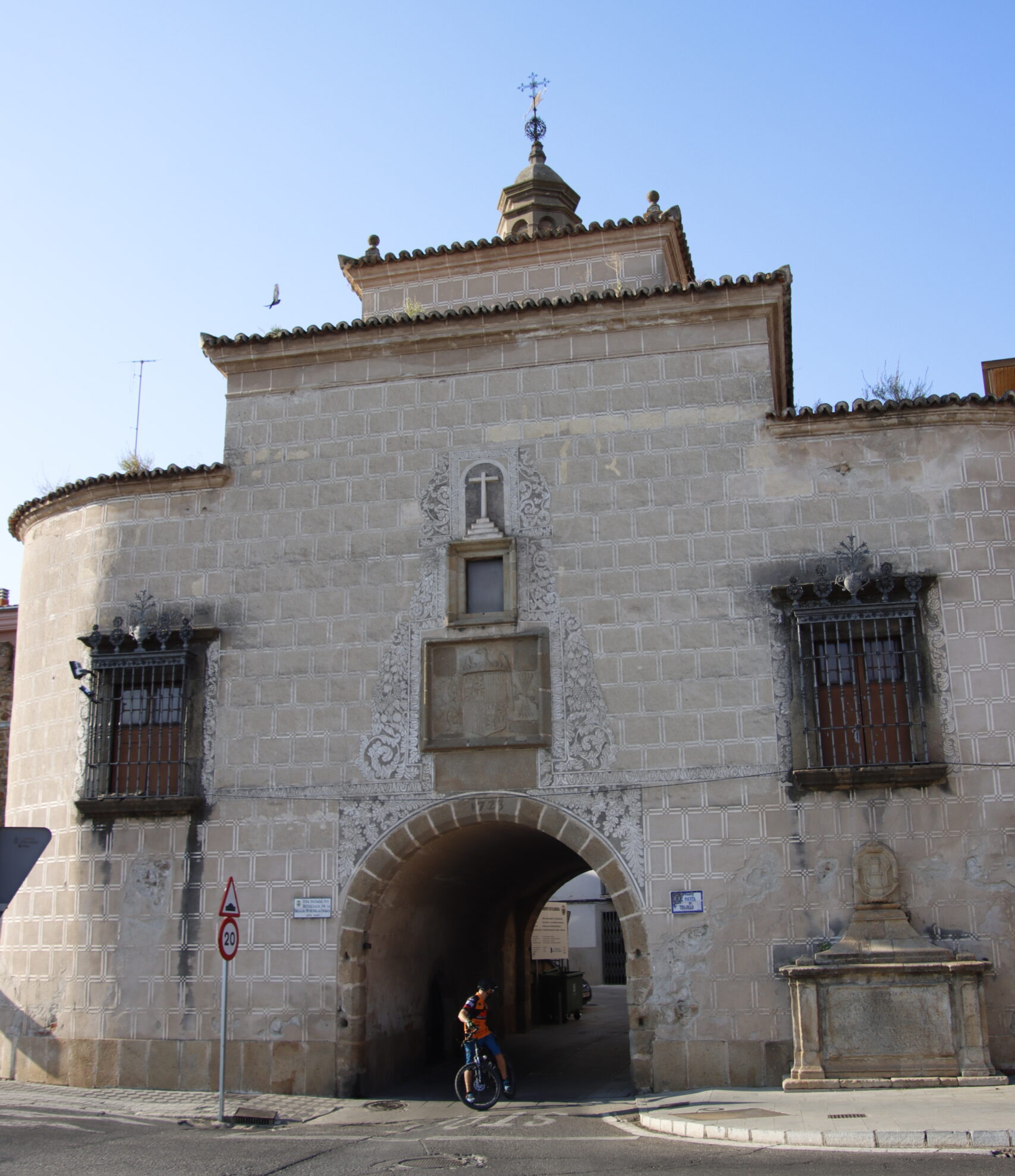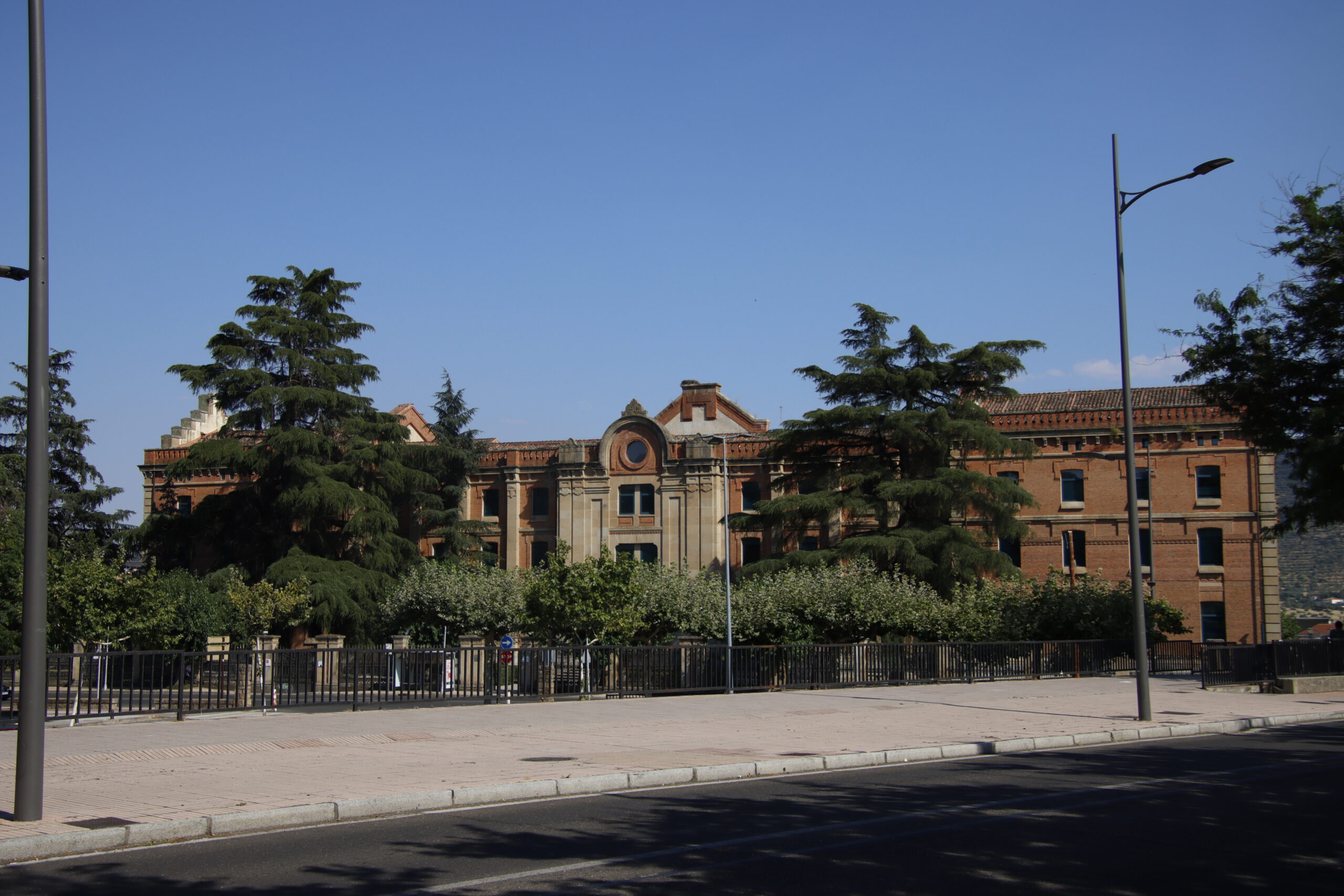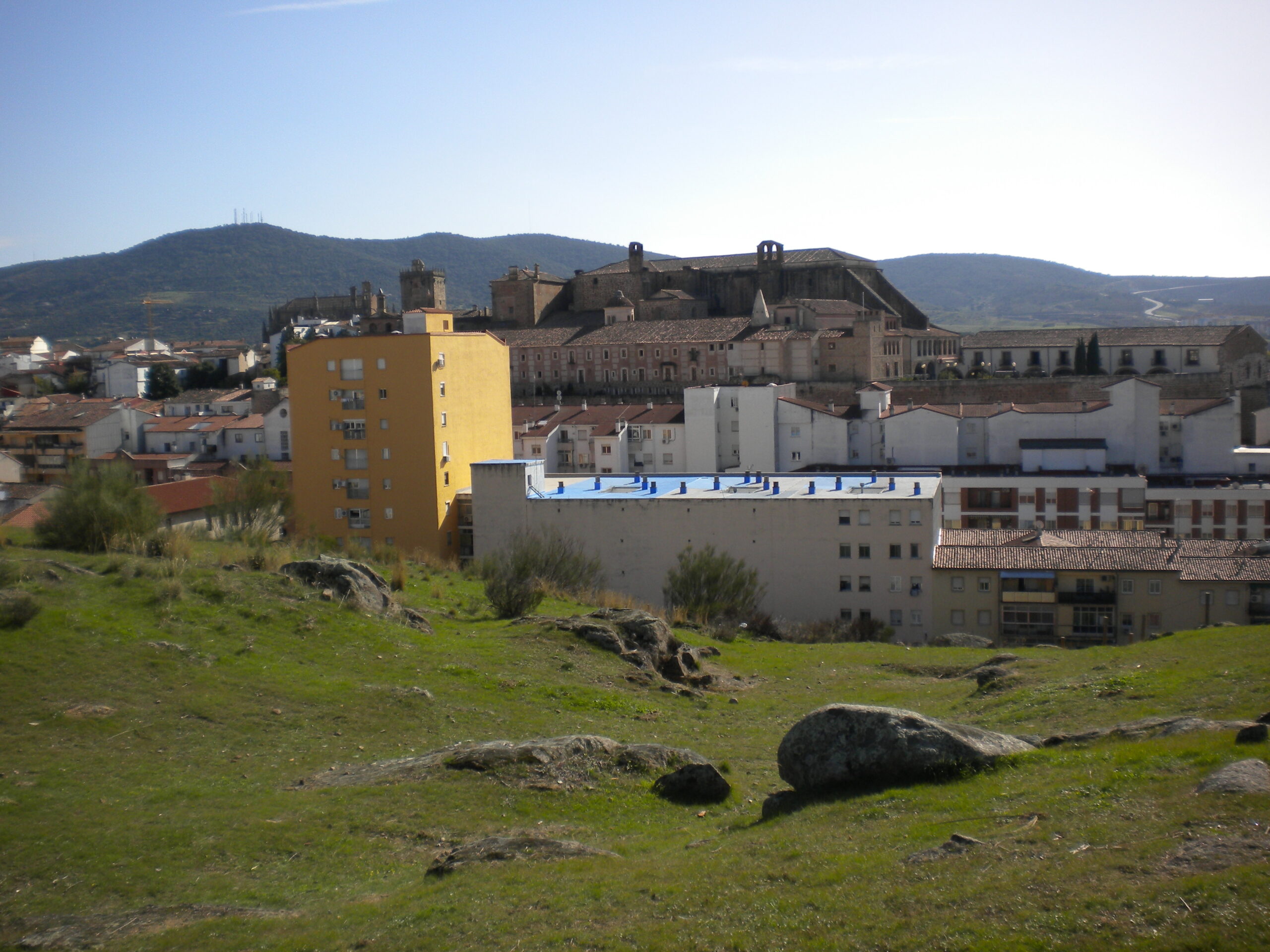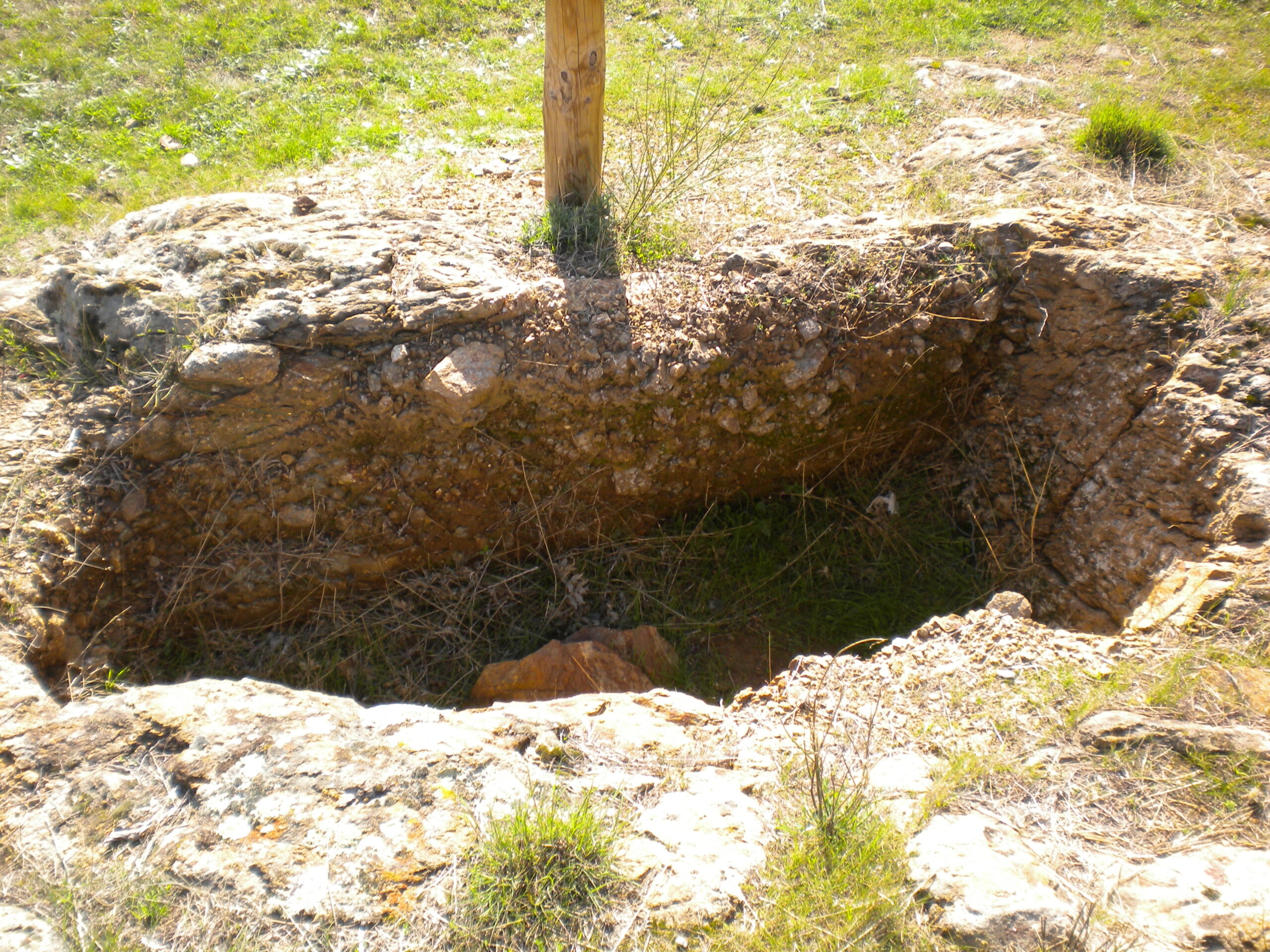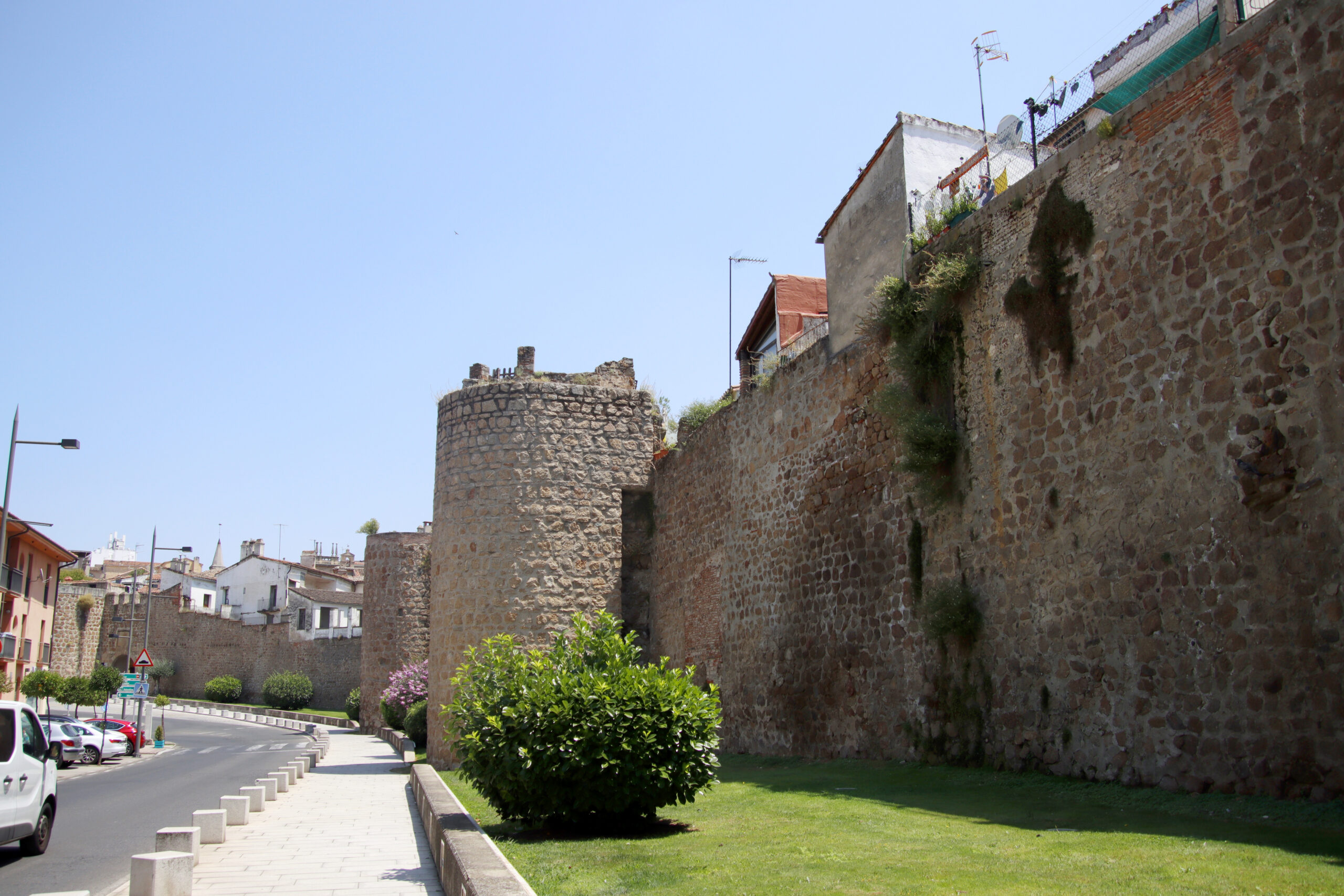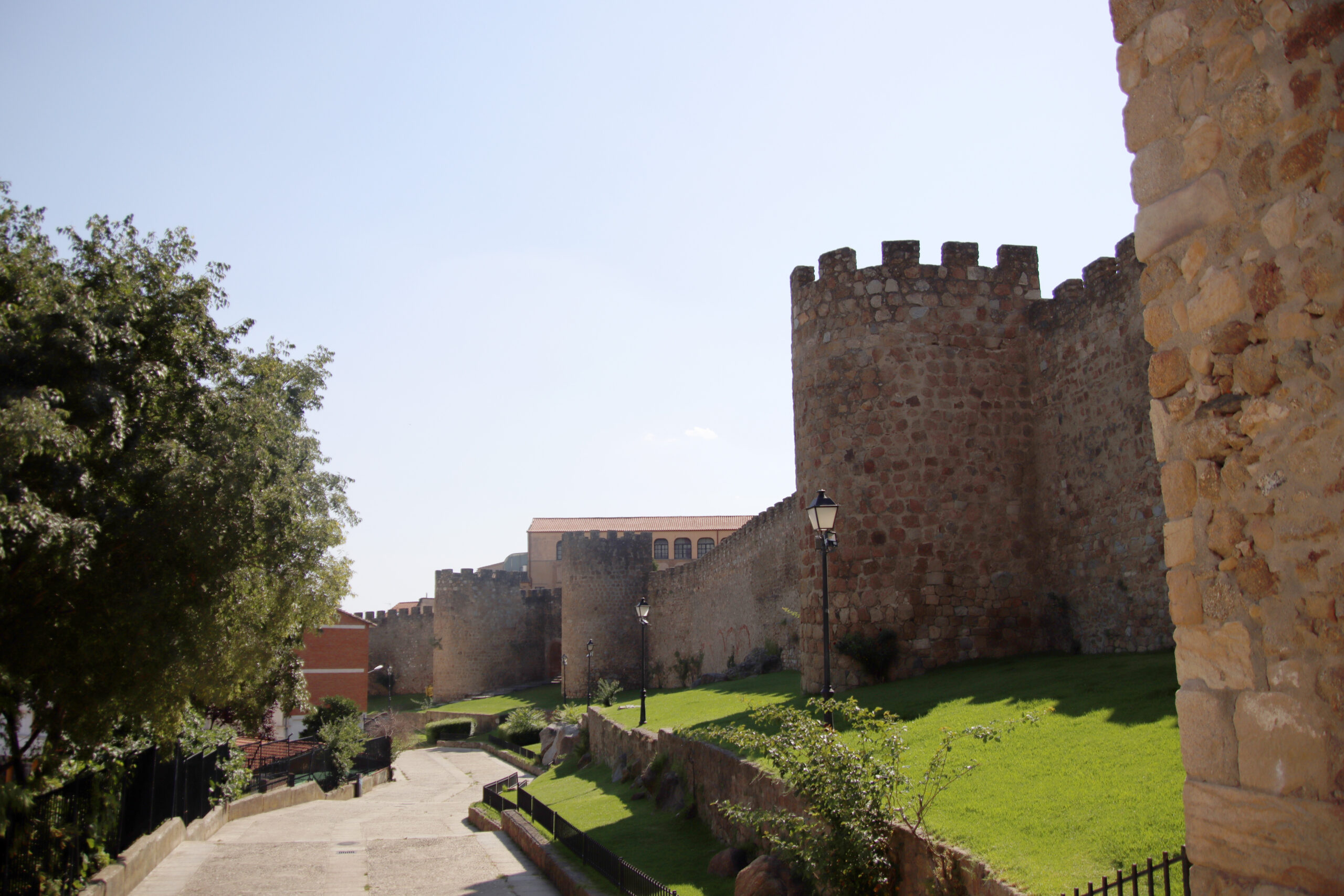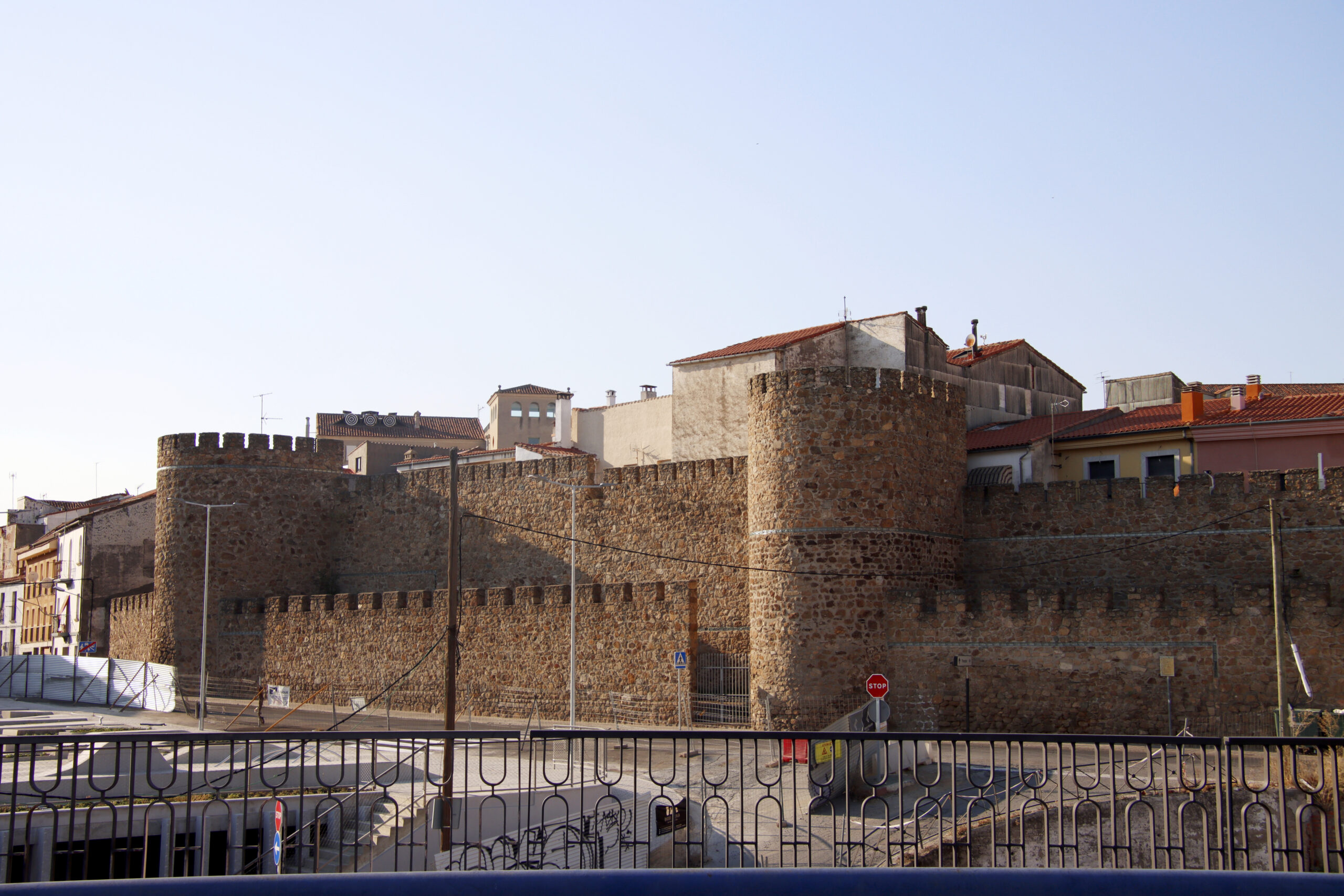One of the main features of the Jewish culture is that Plasencia preserves the location of the medieval Jewish cemetery, in the surroundings of the Berrocal.
The Berrocal is located opposite the Jewish quarter of Plasencia, with direct access through the Berrozana Gate, to avoid crossing areas occupied by Christians.
The Jewish cemetery can be visited, although access is via a road, despite the fact that it is surrounded by the city. There is a project to make this road into another street in the town, connecting the Avenida Sor Valentina Mirón and the Recinto Ferial del Berrocal, but it is awaiting funding.
On a wooded hill surrounded by the town, this medieval cemetery is preserved, with around twenty tombs dug into the rocks with anthropomorphic figures and in compliance with the Jewish laws for burials (it had to be virgin land, which is still the case today, on a slope and facing Jerusalem).
Although the tombstones of the tombs have not been preserved, they were used in construction in the 17th century onwards, the tombs are preserved and have been signposted for your enjoyment, but as it is a rustic, grassy environment, depending on the time of year wild flowers and bushes can cover the tombs. In the same way, the posts and panels have been vandalised, leaving the Jewish cemetery practically unmarked.
